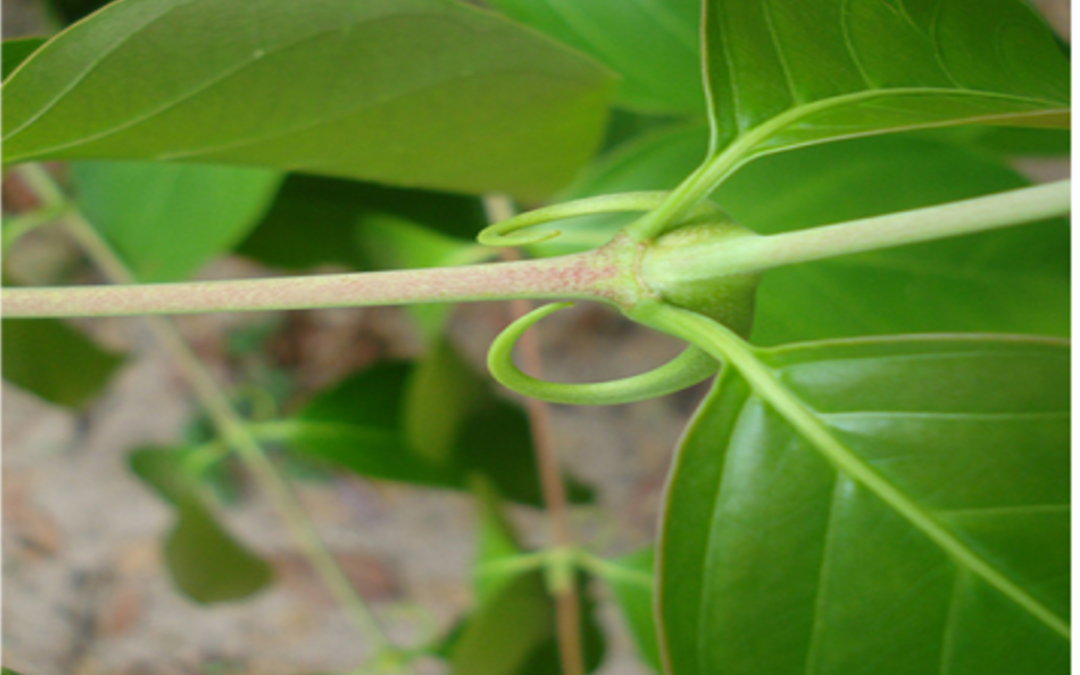
Introduction
Originally from the Amazon, Uncaria tomentosa is a plant widely distributed in the countries crossed by the Andes Cordillera. The Uncaria genus includes about forty species of tropical lianas from Asia, Africa and South America. The best known are the Uncaria gambir called gambir, gambier, Cachou or Catechu tree; Uncaria rhynchopylla known as Gou teng; or Uncaria tomentosa, also called Peruvian creeper or cat’s claw. Frequently used in food supplements for its immunostimulant properties, the craze for Uncaria tomentosa is such that in order to preserve the species, only the stem bark and not the root bark is used. According to the Order of June 24, 2014 establishing the list of plants other than mushrooms that can enter into their composition, all three can be used in food supplements but only the use of Uncaria tomentosa involves monitoring the level of alkaloids.Alkaloids represent a rich and diverse family of compounds with diverse biological activities and possible toxicity. It is therefore essential to be able to identify and quantify them with precision, but no monograph of this plant is available in the French, European, American and Japanese pharmacopoeias. This is why Botanicert has developed a method to extract and selectively dose the alkaloids of Uncaria tomentosa.
Assay : Composition
Rich in alkaloids, Uncaria tomentosa exists in three different chemotypes: two types with majority pentacyclic oxindole alkaloids (POA), differentiated by their cis/trans isomerism such as uncarine D (speciophylline) and one type with majority tetracyclic oxindole alkaloids ( TOA) such as rhynchophyllin. Chemotype identification is based on the predominant alkaloid structure.Recent studies highlight the importance of chemotype identification by demonstrating the increased toxicity of chemotypes I and III to healthy human cells.

Assay : HPLC Analysis
The major peak being isopteropodine, the botanical reference Uncaria tomentosa analyzed presents chemotype I. The alkaloids present in Uncaria tomentosa being diastereoisomers, Botanicert has developed this selective extraction method using techniques that do not trigger their isomerization. The different types of oxindole alkaloids can be differentiated quickly, it will be possible to dose them precisely to comply with the Europen Regulation but also to assess the quality of the sample.

Conclusion
In order to assess the quality of your products or to comply with the regulations in force, Botanicert supports you in the precise dosage of the alkaloids present in your products containing Uncaria tomentosa. Our laboratory also offers you to identify this plant as well as the other species belonging to the genus Uncaria, through specific chemotaxonomic and botanical markers. In addition, as part of in-depth toxicity studies, Botanicert will be able to inform you about its precise chemotype.
How can you be sure of the quality of your samples?
Carry out a characterization of the species using an appropriate identification and assess the quality by assaying the oxindole alkaloids by HPLC

